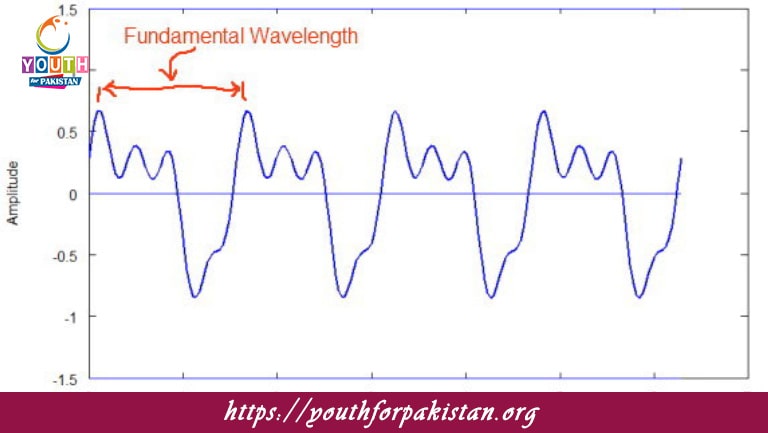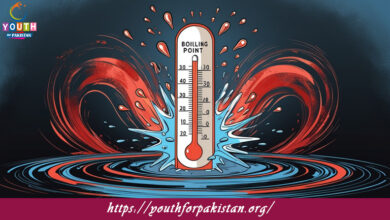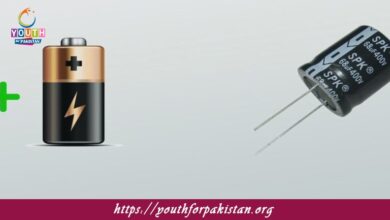Periodic Waves MDCAT MCQs with Answers

Welcome to the Periodic Waves MDCAT MCQs with Answers. In this post, we have shared Periodic Waves Multiple Choice Questions and Answers for PMC MDCAT 2024. Each question in MDCAT Physics offers a chance to enhance your knowledge regarding Periodic Waves MCQs in this MDCAT Online Test.
Periodic Waves MDCAT MCQs Test Preparations
A periodic wave is characterized by:
a) Random oscillations
b) Constant amplitude
c) Repeating pattern
d) Constant frequency
The time taken for one complete cycle of a periodic wave is called its:
a) Frequency
b) Wavelength
c) Period
d) Amplitude
The frequency of a periodic wave is the reciprocal of its:
a) Amplitude
b) Wavelength
c) Period
d) Speed
The distance between two consecutive crests or troughs of a periodic wave is known as:
a) Amplitude
b) Frequency
c) Wavelength
d) Period
The amplitude of a periodic wave refers to:
a) The distance between consecutive crests
b) The maximum displacement from the equilibrium position
c) The time for one complete cycle
d) The distance between consecutive nodes
The unit of frequency for a periodic wave is:
a) Meters
b) Seconds
c) Hertz
d) Joules
A wave with a high frequency has:
a) A long period
b) A short period
c) A large amplitude
d) A large wavelength
The wavelength of a periodic wave is:
a) The distance between two consecutive crests or troughs
b) The distance between two consecutive nodes
c) The maximum displacement from the equilibrium
d) The time for one complete cycle
The period of a wave is:
a) The number of cycles per second
b) The distance between consecutive nodes
c) The time for one complete cycle
d) The maximum displacement from equilibrium
For a periodic wave traveling in a medium, increasing the wavelength will:
a) Increase the frequency
b) Decrease the frequency
c) Increase the amplitude
d) Have no effect on the frequency
The speed of a wave in a medium depends on:
a) The medium’s temperature
b) The medium’s density
c) The medium’s elasticity
d) All of the above
The phenomenon where waves combine to form a resultant wave is known as:
a) Reflection
b) Refraction
c) Interference
d) Diffraction
If two waves are in phase, they:
a) Cancel each other out
b) Reinforce each other
c) Pass through each other without interaction
d) Create a longitudinal wave
When two waves are out of phase, they can produce:
a) Constructive interference
b) Destructive interference
c) Polarization
d) Diffraction
The energy transported by a periodic wave is proportional to:
a) The square of its amplitude
b) The wavelength
c) The frequency
d) The speed of the wave
A wave traveling along a string can be described as:
a) A longitudinal wave
b) A surface wave
c) A transverse wave
d) An electromagnetic wave
The superposition principle states that:
a) Waves with different frequencies cannot interact
b) Waves combine algebraically at points of overlap
c) Waves always reflect off surfaces
d) Waves cannot pass through each other
The characteristic of a periodic wave that determines its pitch is its:
a) Amplitude
b) Wavelength
c) Frequency
d) Speed
In a periodic wave, the distance between two consecutive nodes is equal to:
a) One wavelength
b) Half a wavelength
c) A quarter wavelength
d) Two wavelengths
The phenomenon where a periodic wave bends around an obstacle is called:
a) Reflection
b) Refraction
c) Diffraction
d) Absorption
A wave with a higher amplitude will:
a) Have a higher frequency
b) Have a higher speed
c) Carry more energy
d) Have a shorter wavelength
The phase of a wave describes:
a) The amplitude
b) The frequency
c) The position of a point in time relative to a wave cycle
d) The wavelength
The phenomenon where the direction of a wave changes as it passes from one medium to another is known as:
a) Reflection
b) Refraction
c) Diffraction
d) Absorption
The principle that waves can pass through each other and combine their effects is called:
a) Interference
b) Polarization
c) Reflection
d) Refraction
A periodic wave with a long wavelength will have:
a) A high frequency
b) A low frequency
c) A high speed
d) A low amplitude
The amplitude of a wave is related to its:
a) Frequency
b) Energy
c) Speed
d) Wavelength
The speed of a wave on a string is influenced by:
a) The tension in the string
b) The mass per unit length of the string
c) Both a and b
d) The frequency of the wave
The number of waves passing a point per second is called the:
a) Period
b) Wavelength
c) Frequency
d) Speed
The distance from a crest to the equilibrium position is called the:
a) Wavelength
b) Amplitude
c) Frequency
d) Period
A wave is considered periodic if it:
a) Does not repeat over time
b) Repeats its shape and pattern over time
c) Has no frequency
d) Travels only in one direction
The concept of wave superposition is crucial in understanding:
a) How waves interact and combine
b) How waves are absorbed by materials
c) The speed of a single wave
d) The basic properties of a medium
The term “wavefront” refers to:
a) The maximum amplitude of the wave
b) The distance between two crests
c) The surface over which the phase of the wave is constant
d) The speed of the wave
For a periodic wave, if the amplitude is doubled, the energy transported by the wave will:
a) Remain the same
b) Double
c) Quadruple
d) Halve
In a standing wave pattern, the points of maximum amplitude are called:
a) Nodes
b) Antinodes
c) Crests
d) Troughs
The phase difference between two points on a periodic wave affects:
a) The speed of the wave
b) The amplitude of the wave
c) The type of interference
d) The frequency of the wave
When two periodic waves with the same frequency travel in the same medium, they will:
a) Always interfere destructively
b) Always interfere constructively
c) Interfere based on their phase difference
d) Not interact with each other
The time interval between successive crests of a wave is known as:
a) Wavelength
b) Period
c) Frequency
d) Amplitude
If you are interested to enhance your knowledge regarding Physics, Chemistry, Computer, and Biology please click on the link of each category, you will be redirected to dedicated website for each category.





